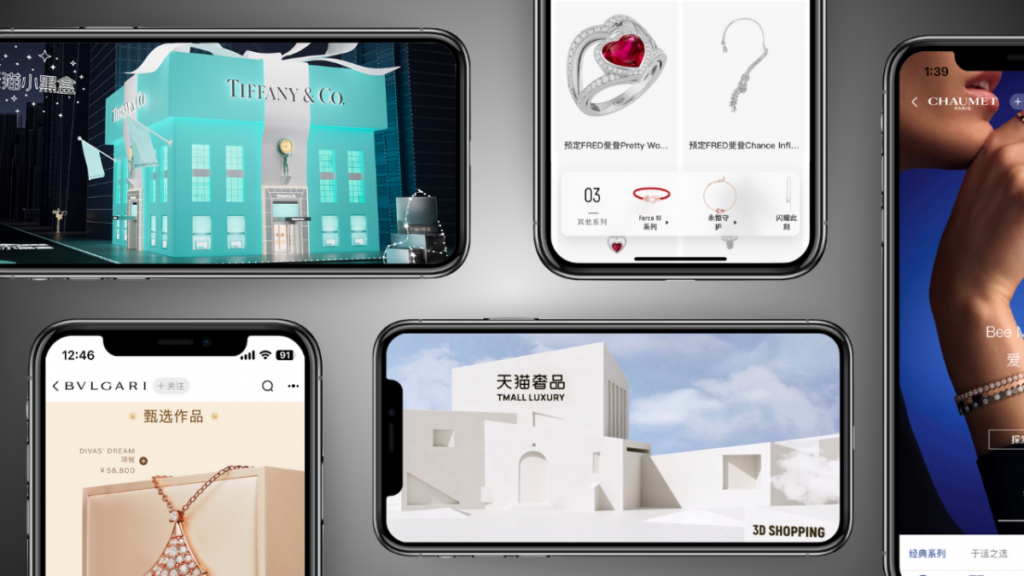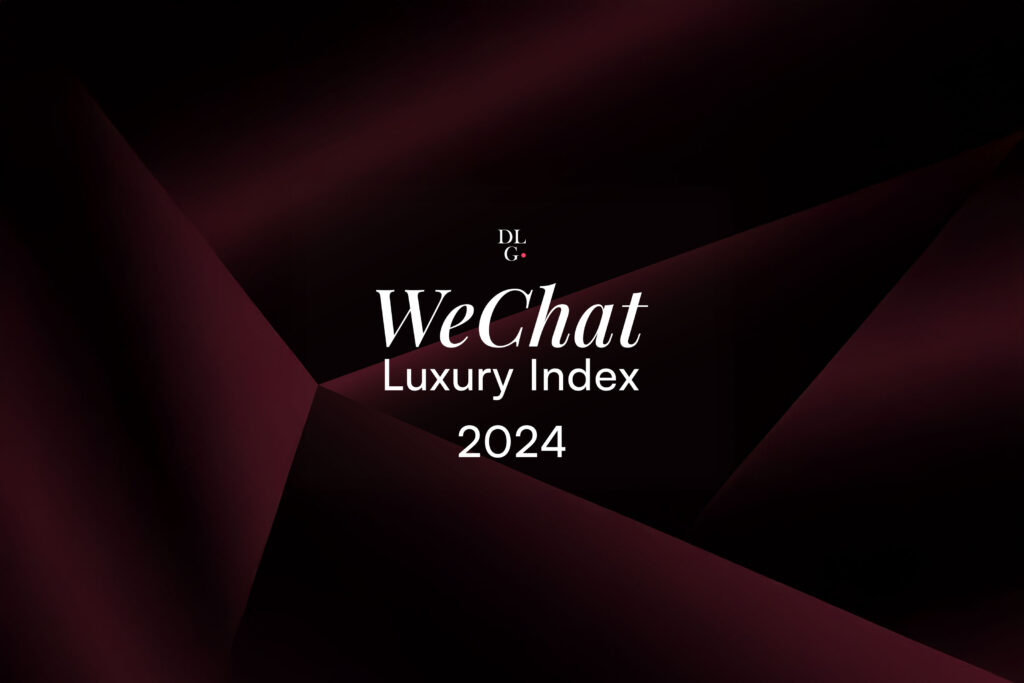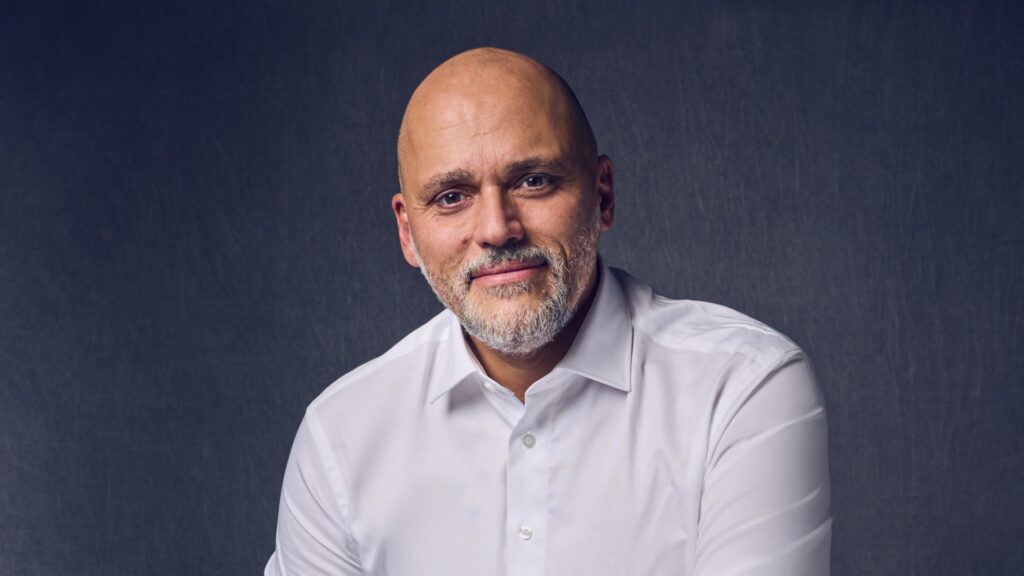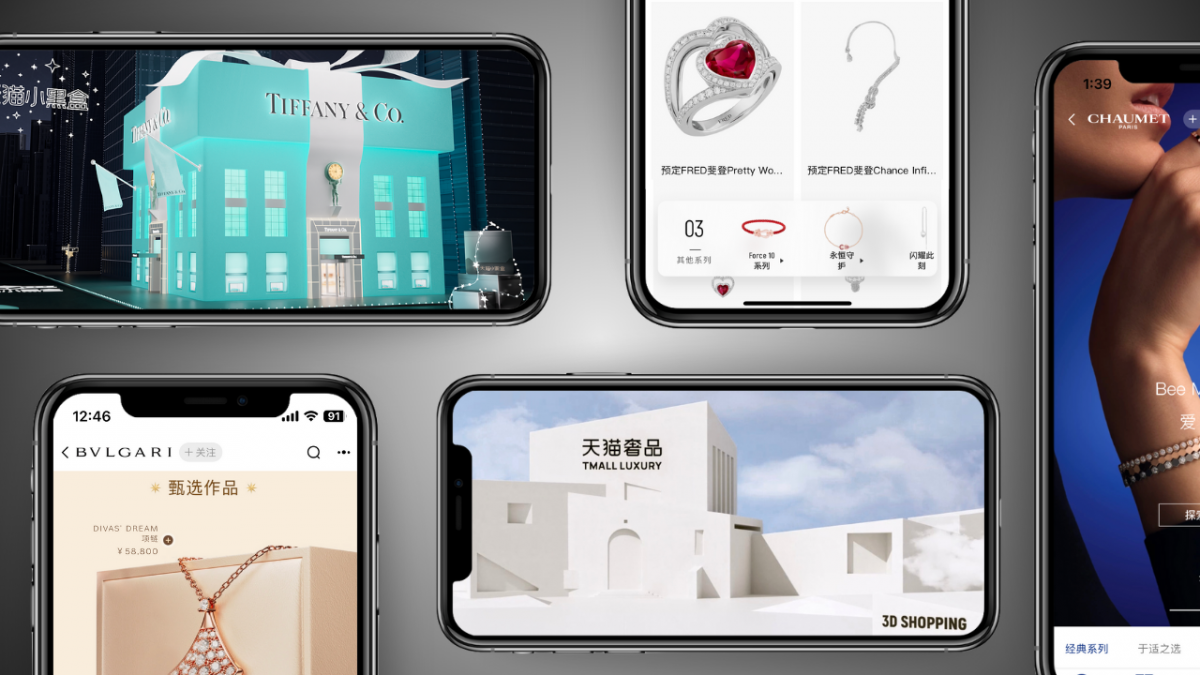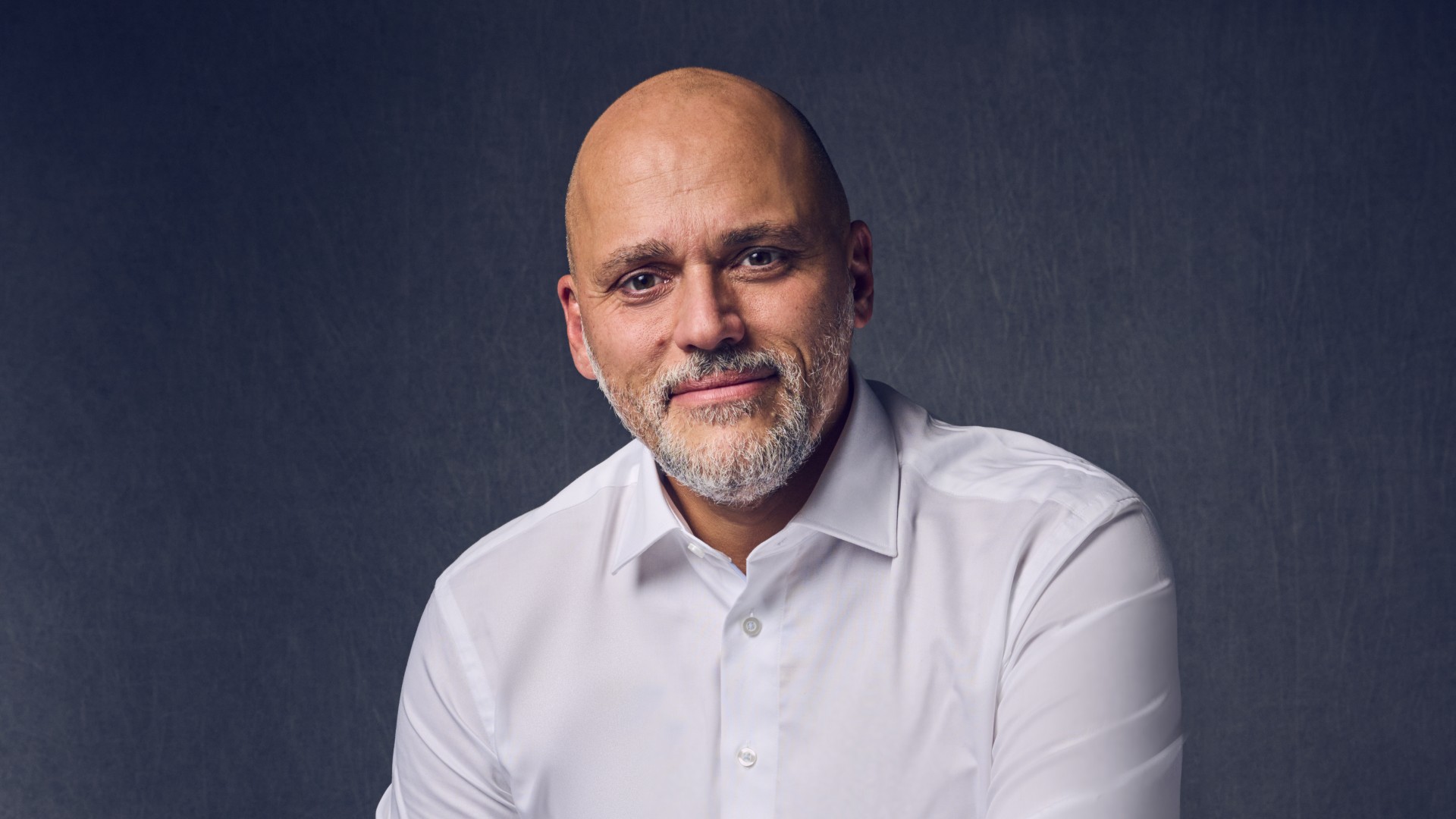
Richard Baker, CEO of Premium Knowledge Group and Founder of The Luxury Marketing Council of Texas, shares insights from his forthcoming book, “The Future of Luxury: The Peacock and the Prius”, with Luxury Society members.
Richard Baker, CEO of Premium Knowledge Group and Founder of The Luxury Marketing Council of Texas, shares insights from his forthcoming book, “The Future of Luxury: The Peacock and the Prius", with Luxury Society members.
From the perspective of the luxury merchant and the wealthy consumer, what used to be a simple communication of social status has become very complex: There are more communicators (more wealthy) in more places (globalization) with more choices regarding how to communicate (luxury alternatives) than ever before. If luxury is the language of wealth, the luxury industry has become a Tower of Babel.
Information theory says that information (i.e., communication of social status) has greater value to the extent it is both understood and seen as adding to the information the recipient already has. Economics tells us that some information has more value if it is not widely known.
Debasement of the Language of Luxury
Using the framework of luxury-as-the-language-of-social-capital, and the corresponding insights from information theory, it is possible to understand the crisis in the luxury industry: The inflation in wealth resulted in a corresponding debasement of the language of wealth.
The industry cannot turn the clock back to a period when there were fewer wealthy people and a simple language sufficed to communicate social capital.
It is important for the future of the industry that signals of “social capital” (money spent on goods and services in excess of sustenance) meet two criteria.
1.The signals must define the sender as belonging to a higher social status or affluent group. This is the traditional purpose of social capital.
2.Since the number of affluent has grown, the signals must also differentiate the sender from other affluents at the same level. This “dual exclusivity” is the new challenge.
The language of luxury must serve the two functions
How to accomplish this is the subject of this book. If, as we believe, “luxury is language” we are able to apply learning about language and symbolic communication to anticipate the future of luxury and its marketing. We are able to imagine new, relevant symbols and clear, fresh signals.
Perhaps more importantly we are able to think of luxury as a dialog among the wealthy that is facilitated by the luxury merchant. We are able to shift the paradigm of luxury marketing from a transaction to a value-added relationship.
The Implications
Luxury merchants can no longer count on the sheer increase in the number of affluent consumers to insure the (at least near term) viability of their brands and their companies. Neither can they count on the current number of affluent to spend the way they recently did. Current conditions, and the probability that these conditions will last for some time, make the task of the luxury marketer more difficult. No longer will “a rising tide lift all yachts.”
Most importantly the model for marketing luxury products and services to the wealthy must be aligned with the new emerging gestalt. Attention must be refocused on the purpose of wealth, its benefits to society and the related positive role of luxury as a medium (a language) rather than an end in itself.
More precision must be developed in differentiating the wealthy from each other, positioning products and services on a relevant basis, communicating in the “code” of the targeted consumer and facilitating socially constructive relationships.
The Future of Luxury will be different.


